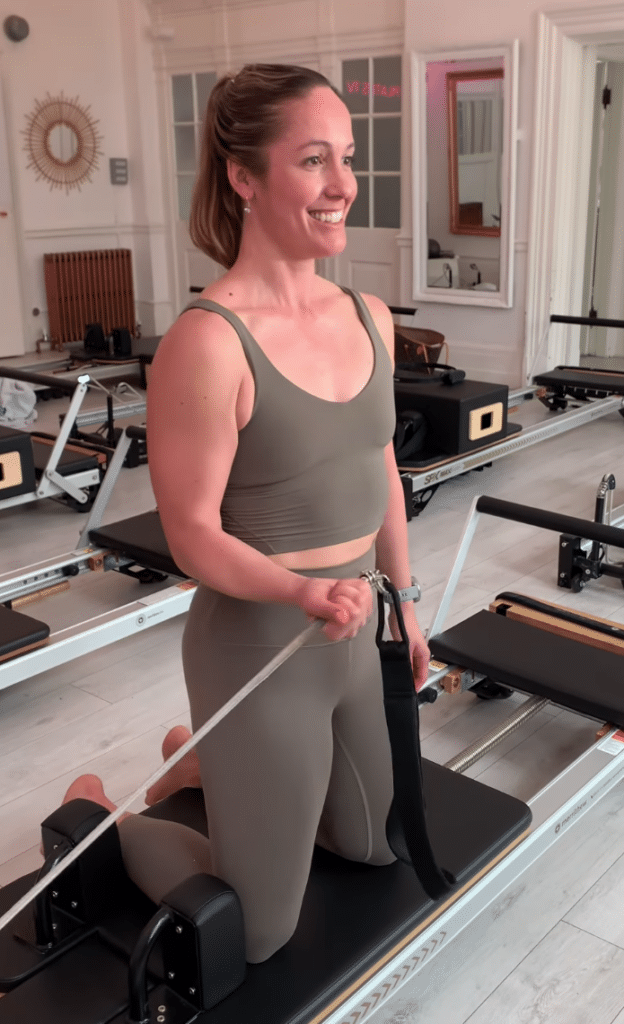As women age, maintaining physical health becomes increasingly important. Scientific research advocates for women to lift heavier weights and increase loads to combat the loss of muscle and bone mass as we age. While this is crucial, it’s equally essential to focus on the smaller stabiliser muscles that support the major muscle groups. Neglecting these muscles can increase the risk of injury, especially for women over 35-40 and post-menopause when estrogen levels decrease. Therefore, adopting an intelligent foundation program, using Pilates, can prevent injuries and promote overall well-being, laying the groundwork for safe and effective workouts.
Understanding the Importance of Stabiliser Muscles:
Stabiliser muscles play a critical role in supporting the large prime movers such as the chest, back, quads, and glutes.
Neglecting these stabiliser muscles can lead to imbalances, compensations, and injuries.
As women age, strengthening these stabiliser muscles becomes even more crucial to maintain functional movement and prevent injury.
The Role of Pilates:
Pilates is a highly effective exercise method that targets both major muscle groups and smaller stabiliser muscles.
Through controlled movements and exercises, Pilates strengthens the entire body while emphasising proper alignment and core stability.
Pilates exercises specifically target areas such as grip strength, foot stabilisers, rotator cuff, pronation/supination, scapular stabilisers, hip flexors, anterior tibialis, and Achilles tendon, addressing key concerns for women over 35.


Addressing Common Areas of Weakness:
Grip Strength: Pilates exercises involving resistance bands or small equipment like the Magic Circle can improve grip strength, crucial for daily activities and injury prevention.
Exercises to try: Wrist Curls with Resistance Band, Planks on the reformer facing the footbar.
Foot Stabilisers: Pilates exercises focusing on footwork and ankle stability strengthen the muscles in the feet and ankles, enhancing balance and reducing the risk of falls.
Exercises to try: Footwork on the reformer, Lunges with a Pilates ball under the standing heel.
Rotator Cuff: Pilates movements targeting the shoulder girdle and rotator cuff muscles promote shoulder stability and prevent injuries.
Exercises to try: Unilateral hands in straps rotator cuff exercises on the reformer or with a resistance band, Arm circles with weights or on the reformer with straps.
Scapular Stabilizers: Pilates exercises encourage proper scapular movement and stability, vital for shoulder health.
Exercises to try: Scapula push-ups, Chest expansion, Swan on the reformer, Mermaid.
Hip Flexors: Pilates emphasises hip mobility and stability, alleviating tightness and preventing hip-related issues.
Exercises to try: Side-lying legs in straps, Clams, Squats, Standing side splits, Lunges.
Anterior Tibialis and Achilles Tendon: Pilates exercises focusing on ankle mobility and strength prevent injuries like shin splints and Achilles tendonitis.
Exercises to try: Heel raises, Footwork on the reformer, Plantar & dorsiflexion with a band.
The Benefits of a Comprehensive Foundation Program with Pilates:
A well-rounded foundation program with Pilates addresses strength, flexibility, mobility, and body awareness, helping prevent injuries and improving posture, balance, and functional movement.